Innovative Uses of Aluminium Foil Paper for Food Packaging You Never Knew Existed
The durable and versatile nature of aluminium foil paper for food packaging has led to its innovative applications that many may not be aware of. According to a report by MarketsandMarkets, the global aluminium foil market size was valued at USD 104 billion in 2020 and is projected to reach USD 131 billion by 2025, growing at a CAGR of 4.5%. This substantial growth reflects the increasing demand for sustainable and efficient food storage solutions. Aluminium foil not only provides an excellent barrier against oxygen, moisture, and light, extending the shelf life of food products, but it also offers unique properties that allow for creative uses beyond conventional wrapping and baking. From creating custom pouches to unique insulation solutions in meal deliveries, the possibilities for aluminium foil paper in food packaging are vast and still largely untapped. This article highlights some of the most innovative uses of aluminium foil that can transform the way we think about food packaging.

The Rise of Aluminium Foil in Sustainable Food Packaging Solutions
The increasing awareness of environmental issues has prompted a shift towards sustainable packaging solutions in recent years. One standout material that has gained prominence is aluminium foil. Unlike traditional plastic wraps, aluminium foil is fully recyclable and can be reused multiple times without losing its beneficial properties. This durability makes it an excellent choice for food storage, reducing waste while ensuring food remains fresh and protected.
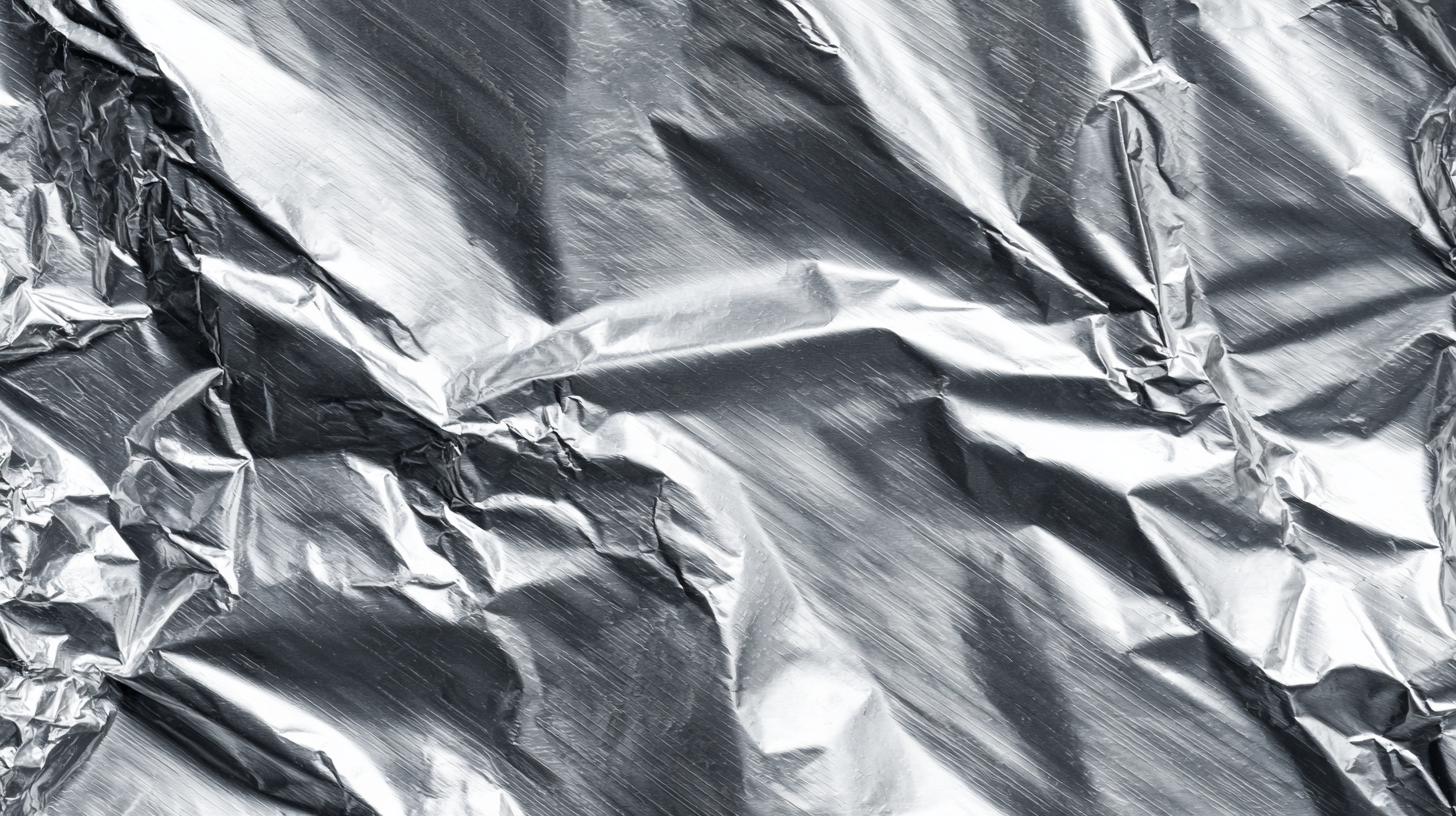 Moreover, innovative applications of aluminium foil in food packaging are emerging, showcasing its versatility. From creating airtight seals that extend shelf life to serving as an insulator for hot and cold foods, aluminium foil contributes to both functionality and sustainability. Its lightweight nature also minimizes transportation emissions, making it a preferred option for eco-conscious consumers and manufacturers alike. As the demand for eco-friendly alternatives grows, aluminium foil is proving to be more than just a kitchen staple; it is becoming a key player in the quest for sustainable food packaging solutions.
Moreover, innovative applications of aluminium foil in food packaging are emerging, showcasing its versatility. From creating airtight seals that extend shelf life to serving as an insulator for hot and cold foods, aluminium foil contributes to both functionality and sustainability. Its lightweight nature also minimizes transportation emissions, making it a preferred option for eco-conscious consumers and manufacturers alike. As the demand for eco-friendly alternatives grows, aluminium foil is proving to be more than just a kitchen staple; it is becoming a key player in the quest for sustainable food packaging solutions.
Innovative Applications of Aluminium Foil in Food Preservation and Shelf-life Extension
Aluminium foil paper has long been a staple in kitchens around the world, primarily known for its ability to wrap food and prevent moisture loss. However, its innovative applications in food preservation and shelf-life extension are often overlooked. One such use is in vacuum-sealing methods, where aluminium foil can be layered with plastic to create an impermeable barrier. This combination not only keeps air and pathogens at bay but also enhances the shelf life of the enclosed food by retaining its freshness and flavor for an extended period.
Additionally, aluminium foil's reflective properties make it an excellent tool for temperature regulation. By wrapping food items in foil, one can effectively maintain heat or coldness, which is particularly useful for transporting meals or maintaining the temperature of leftovers. Its ability to minimize oxidation also contributes to keeping items like cheeses and cured meats at their peak for longer, reducing food waste. The myriad of innovative applications of aluminium foil in food packaging highlights its role as an essential resource in modern food preservation techniques, ensuring that tastes and nutrients are safeguarded over time.
Innovative Uses of Aluminium Foil Paper for Food Packaging You Never Knew Existed
| Application | Description | Benefits | Shelf-life Extension |
|---|---|---|---|
| Wrapping Fresh Herbs | Using aluminium foil to wrap herbs can help retain moisture and prevent wilting. | Keeps herbs fresh longer and maintains flavor. | Extends freshness by up to 1 week. |
| Cooking in Foil Packets | Food can be wrapped and cooked in aluminium foil to lock in moisture and flavor. | Enhances flavor and reduces the need for oil. | Helps in slow cooking for improved taste and moisture retention. |
| Layering for Temperature Control | Using aluminium foil as an insulating layer for hot or cold food items. | Helps maintain desired temperature longer. | Retains heat or cold for several hours. |
| Protecting Cheese | Wrapping cheese in foil can help keep it from drying out and absorbing odors. | Maintains flavor and texture without contamination. | Can extend shelf life by several weeks. |
| Reheating Leftovers | Using foil to cover dishes while reheating in the oven maintains moisture. | Prevents food from drying out and preserves quality. | Retains freshness of leftovers effectively. |
Comparative Analysis: Aluminium Foil vs. Other Food Packaging Materials in Safety and Freshness
Aluminium foil has long been a staple in food packaging, yet its advantages over other materials often remain underappreciated. When compared to plastic, aluminium foil offers superior barrier properties, effectively preventing light, moisture, and oxygen from degrading food quality. This characteristic not only helps to maintain freshness but also extends the shelf life of perishable items. Moreover, aluminium foil is non-toxic and does not leach harmful chemicals into food, making it a safer choice for food storage and cooking.

In addition to its safety features, aluminium foil surfaces are recyclable, aligning with increasing consumer demand for environmentally friendly packaging options. Unlike some plastics, which can take centuries to decompose and release toxins during their breakdown, aluminium can be recycled indefinitely without loss of quality. This environmental sustainability makes aluminium foil a more responsible option for packaging food, especially when coupled with its effectiveness in preserving freshness. As consumers become more conscious of their environmental impact, aluminium foil stands out as a superior choice for both safety and sustainability in the food packaging realm.
Industry Trends: The Growing Adoption of Aluminium Foil in Eco-friendly Packaging Practices
In recent years, the food packaging industry has witnessed a significant shift towards eco-friendly practices, with aluminium foil emerging as a popular alternative. The lightweight yet durable nature of aluminium makes it an excellent choice for food preservation while minimizing environmental impact. Its recyclability and ability to create airtight seals are contributing to its growing adoption among manufacturers seeking sustainable solutions. As consumers become more environmentally conscious, the demand for innovative packaging materials like aluminium foil continues to rise.
Tips for utilizing aluminium foil in packaging include opting for recyclable blends that reduce waste and enhance sustainability. When packaging perishable items, consider using foil in combination with biodegradable materials for added protection and reduced ecological footprint. Additionally, ensure proper disposal methods are communicated to consumers, highlighting the foil’s recyclability to encourage responsible practice.
Furthermore, the versatility of aluminium foil allows businesses to explore creative packaging designs that catch consumers' eyes while supporting eco-friendly initiatives. Customized foil wraps, for instance, can elevate the aesthetic appeal and communicate a brand's commitment to sustainability. Embracing such trends not only attracts environmentally-conscious consumers but also sets a standard for responsible practices in the food packaging industry.
Maximizing Resource Efficiency: Cost-benefit Analysis of Aluminium Foil Paper in Food Packaging
Aluminium foil paper has emerged as a versatile player in the realm of food packaging, particularly noted for its
cost-efficiency and resource-saving benefits. When conducted, a cost-benefit analysis reveals that while the initial investment in
aluminium foil may be slightly higher than alternatives such as plastic or paper, the long-term savings it offers are substantial.
Aluminium foil not only extends the shelf life of food products by providing an effective barrier against moisture, light, and oxygen but also minimizes waste, making it a sustainable packaging option.
Furthermore, the lightweight nature of aluminium foil paper reduces transportation costs, as less energy is required to move products from manufacturer to consumer.
This aspect further enhances its cost-effectiveness, as businesses can pass these savings onto consumers while maintaining product integrity.
The recycling potential of aluminium also plays a crucial role in its overall environmental impact, promoting a circular economy.
By evaluating these factors, companies can make informed decisions that balance economic sustainability with environmental responsibility, ensuring that they meet both
consumer demands and regulatory standards effectively.
Related Posts
-

The Surprising Science of Tin Foil: Uncovering Its Hidden Uses in Everyday Life
-
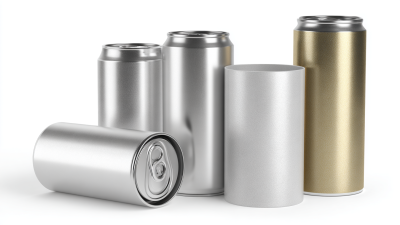
What is the Role of Aluminium Packaging in Modern Sustainability?
-
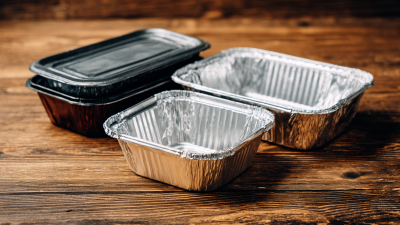
How to Choose the Right Foil Container for Your Food Packaging Needs
-
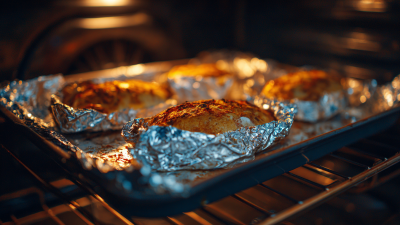
5 Tips for Maxing Out the Benefits of Alu Foil in Your Kitchen
-
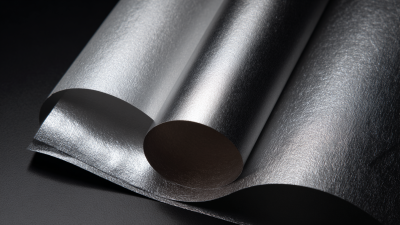
Exploring Silver Foil Paper Trends and Market Dynamics at the 138th Canton Fair 2025 in China
-
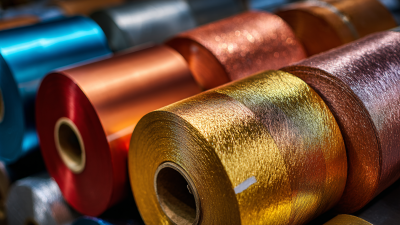
Unlocking Opportunities: Aluminum Wrap Market Insights at the 138th China Import and Export Fair 2025
